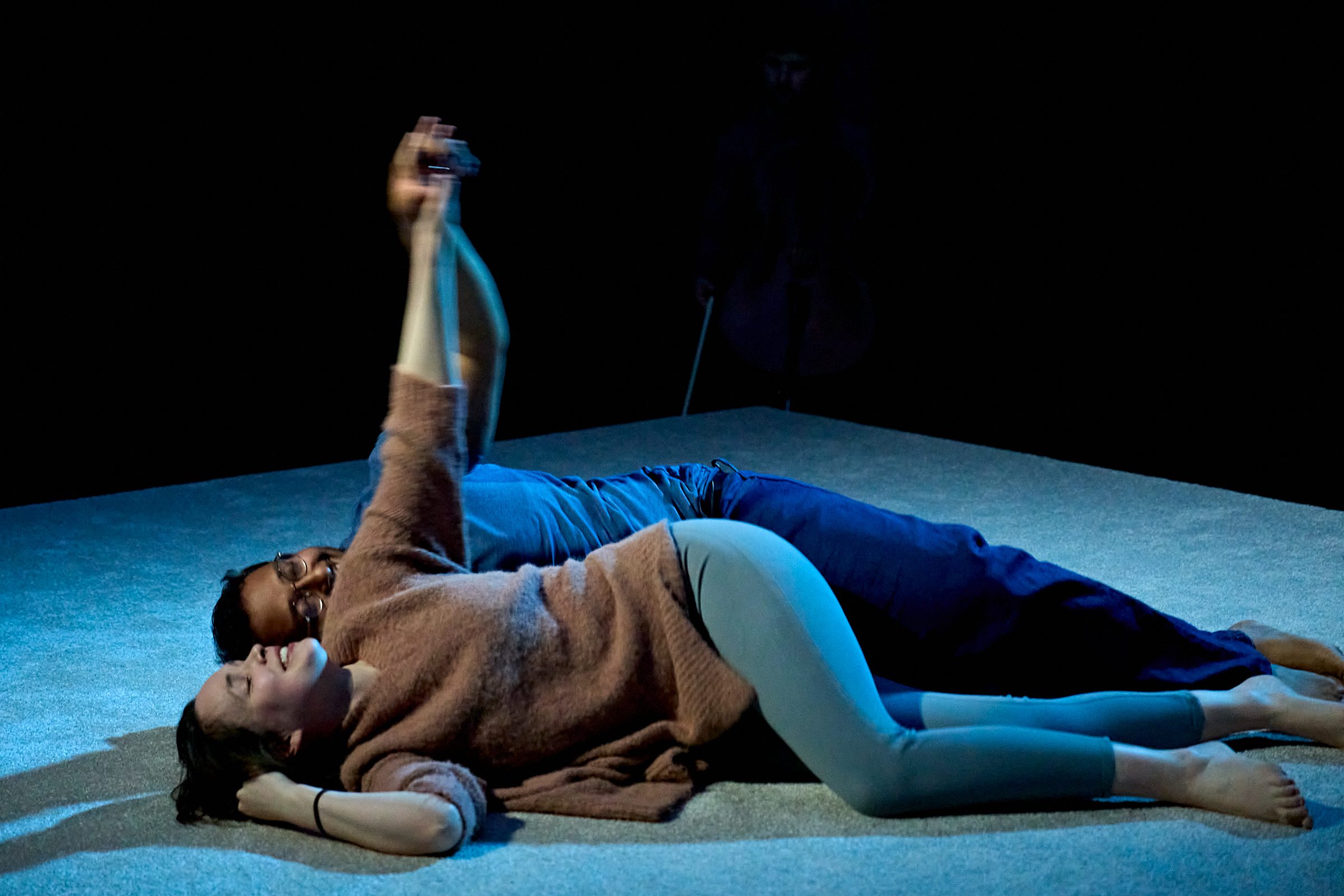Anatomy of a Murder

© Charlie Carr-Gomm
Best known for the 1950s courtroom drama film starring Jimmy Stewart, Anatomy of a Murder was re-written as a play in 1963 and finds a perfect setting here in Audit House at the heart of London chancery.
It is no mean feat to give a sense of urgency to a fifty year old text but For Short successfully present this piece in a fresh manner and show that the issues of ethics, morality and justice surrounding the legal system still abound in today’s society.
The setting certainly lends an authenticity to the play as the audience passes by real court rooms en route to the set where fresh-faced lawyer Paul Biegler (Benedict Hastings) attempts to mount a defence of Lieutenant Manion (George McFadyen), accused of killing the man who raped his wife Laura (Lucy Hagan-Walker).
Immediately the audience is drawn into the drama, witnessing the crime itself and sitting (and standing when the judge enters) amongst the courtroom crowd during the procedures. The jury too, is made up of nervous theatregoers passing judgement on the accused army officer. All of this gives the play a certain degree of vitality and undermines any concerns of irrelevance for this revival.
The company is easy to praise, with consistently convincing performances from barmaid Alphonsa Paquette (Niamh Watson) and McFadyen’s Manyon. Classic courtroom dramas pivot on the tension between the lawyer for the defence and prosecution and the strong chemistry between Biegler and his rival Claude Dancer (Matt Jessup) provides the spark required to carry the piece past technical legal jargon.
Hastings’ Biegler, an overconfident plucky youth who gradually matures as he experiences the murky reality of the legal system is an interesting contrast to Jimmy Stewart’s homespun amateur pitted against two snide urban professionals and gives a fresh take on the film version.
A grandstand speech at the finale (as audiences have come to expect since these 1950s courtroom dramas became established archetypes) is all that is missing to give this Biegler a fully fleshed out character. This absence is an example of how the play never quite allows us to care more for the characters involved than for the minutiae of legality they’re embroiled in.
An ‘Anatomy of a Murderer’ instead might make for a more compelling focus on the human struggle between morality and legality but the company certainly make the most of the script and retain its efficacy as a riveting thriller.
– Patrick Brennan










